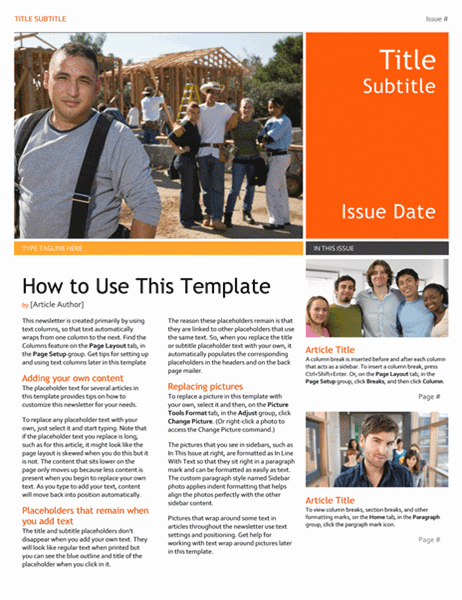

Tap the grouped business card, then tap Copy. Alignment guides let you know when the object you’re moving is in alignment with other objects on the page. If you delete text boxes on all of the remaining cards, the alignment guides won’t appear. To group the text boxes on the business card, tap and hold a text box, then tap the remaining text boxes with another finger. Select text on the first card, then type your own information. Tap, tap Guides, then turn on Center Guides, Edge Guides, and Spacing Guides. Edit only the page that corresponds to your business card paper.

The numbers at the bottom of each page indicate the commercial business card paper that the page is designed for. Scroll down to the Business Cards section, then tap a template. In the document manager, tap at the top of the screen. You can speed up the process by grouping the edited text on the first card, copying it, then pasting it on each card. The business card templates are page layout documents, so all text is contained in text boxes. If you need help creating your own document from the template, see Create your first document.

#Word newsletter templates for mac Offline#
If your connection is slow or you’re offline when this happens, placeholder images in the document may appear at a lower resolution until you’re online again or the template finishes downloading. Some templates aren’t downloaded to your computer until you choose them or open a document that uses the template. See Format a document for another language. To create a document with the formatting of a different language: Tap in the top-right corner of the template chooser, choose the language, then choose a template. Books in EPUB format can be opened in Apple Books and other ebook readers. To create an interactive book: Choose a book template. The choices include a variety of word-processing and page layout templates. To create a brochure, poster, or something with a more complex layout: Choose a template that looks closest to what you want to create. To create a document that’s mainly text: Choose one of the Basic templates (these are all word-processing templates). Scroll to find a template for the type of document you want to create, then tap one to open it. If a document is open, tap Documents or in the top-left corner to go to the document manager. Open Pages, then in the document manager, tap. You can, however, convert the document from word processing to page layout, and vice versa. After you begin creating your document, you can’t switch to a different template. The Tab Flyer, Museum Brochure, and book templates in landscape orientation are for page layout. For example, the Essay and School Newsletter templates, and book templates in portrait orientation, are for word processing.

Pages templates are designed either for word processing or for page layout. Every time you create a new document, you choose a template from the template chooser (shown below) as a starting point.Īfter you open a template, you can add your own text, replace placeholder graphics or delete them, and add new objects (tables, charts, text boxes, shapes, lines, and media). Placeholders give you an idea of what a document created with this template might look like when you use its text and object styles. A template is a predesigned set of elements for creating a document-a layout, placeholder text and images, and so on.


 0 kommentar(er)
0 kommentar(er)
